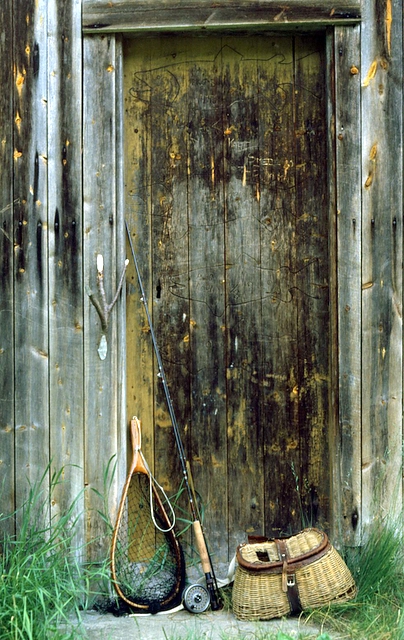|
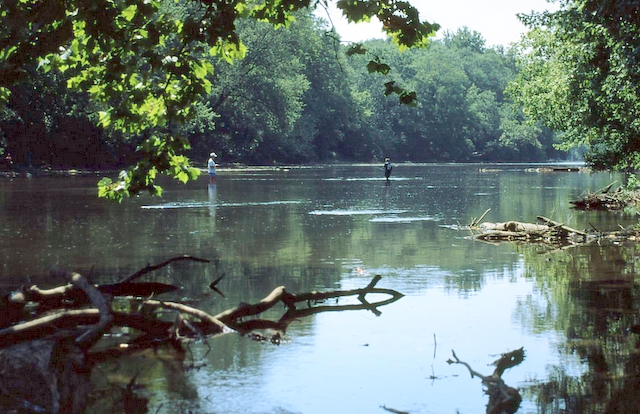
The answer to the problem, he
reasoned was a bent back fly with no added weight and with the hook point as far
as possible protected by the wing material. Inspired by this idea he started
working on his streamer hooks with a pair of tongs, trying to give them a
special shape. Most of his hooks broke but a few survived and performed
precisely as he had anticipated.Through the operation, his hooks had got a
“keel” of sorts, which combined with the wing material kept the hook upside-down
even in a rather strong current.

Known as the keel hook it made a
great commercial success and swarmed all over the US during late 1960 and early
1970. In Sweden, the keel hook sold both as a bare hook and as a complete fly.
Still, it never became popular in our country, and today you will not find it
whether in shops and catalogues or in fly boxes.

This article deals with “bent
back” flies tied according to the keel hook principle and hooks we easily can
get by in shops. With a pair of tongs you bend the hook a little just behind the
eye. The wing is tied in on the small “shelf” which is created. To get the right
angle draw an imaginary line between the hook eye and the hook point. The wing
should encircle that line and hide the hook point. Several hook models may be
used, provided the eye is straight and the hook not too tempered.
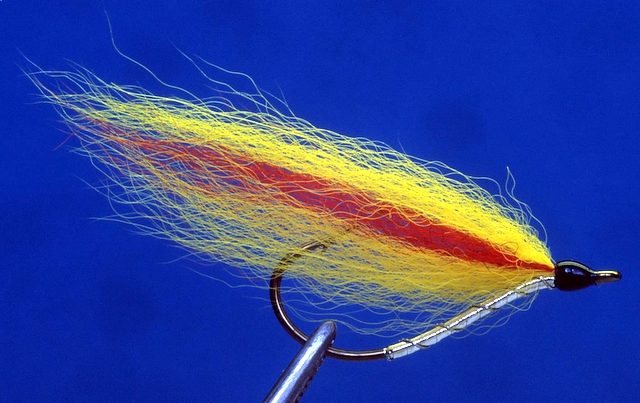
Tying a bent back fly is quite
easy, if you understand the principle. This is a classic streamer pattern,
tremendously popular at our put-and-take fisheries during the 1960's. It is
regarded as important that the red center part of the wing is distinctly marked.
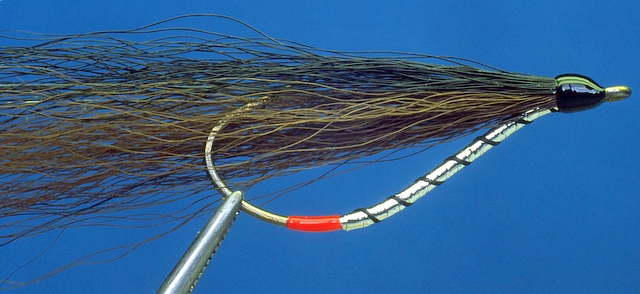
This is a fly especially for pike
fishing where there are lots of reeds, water lilies or other vegetation in the
water. Pike are often hiding I some sort of camouflage and short casts are
preferable. Pikes camouflages are at the same time your camouflages. All bent
back flies should have a wing that is soft and not yield when a fish bites, but
at the same time it should be stiff enough to fend off lesser objects.

A popper with a hook point turned
upwards works especially well in real tight places. You can land it in small
openings in the vegetation and slide it across obstacles like water lilies. It
is a fly custom made for pike- and perch fishing in overgrown lakes. The bushy
hackle of a popper might cause imbalance, if so is the case it is advisable to
cut it straight off underneath.

The wet fly has more or less
disappeared in recent year, at least in the southern part of Sweden. A pity,
since fishing the wet fly is an art. Grizzly King is an old pattern, originally
used for char fishing. In smaller size a good fly for trout and grayling. On
small bent back flies, hackle should be thin to avoid imbalance.
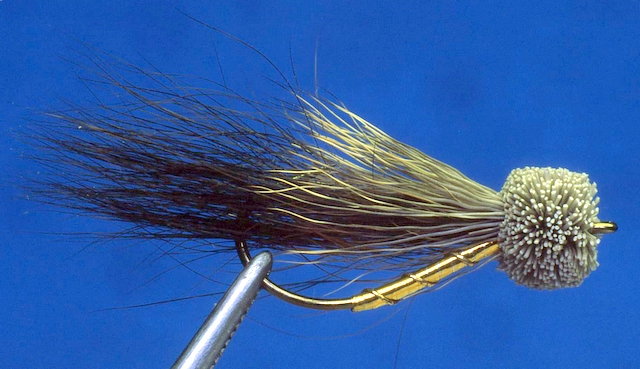
There are hundreds of more or less
successful variations on Don Gapen’s original Muddler Minnow, and this I one of
them. Using a bent back hook, the fly is a bit tricky to tie. The compact head
has a tendency to make the fly tilt over. If that is the case trimming the head
flat underneath usually helps, and since you are at it you might snip away a few
needles deer hair fibers in the wing to enhance the hooking ability.
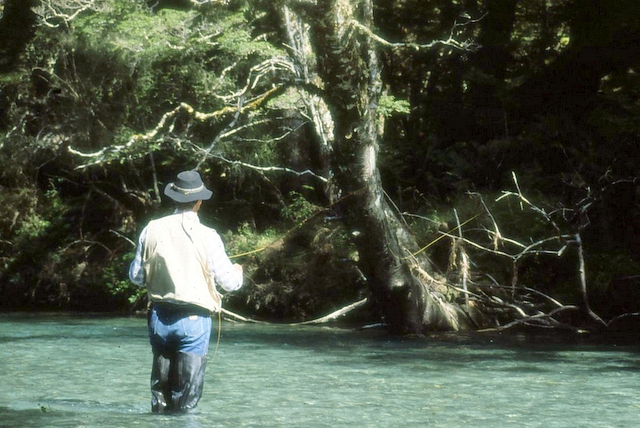
An enthusiastic fly fisherman
often tempts Fate by fishing the really difficult spots, since he rightly
believes that is where the best trout lie. Sometimes the attempt is successful;
and he hooks the big trout that naturally by superior force has occupied the
best place in the stream. As often the fly gets tangled up in submerged roots
and other debris. The advantage of using a fly that does not get stuck in all
kinds of obstacles is obvious.
|
